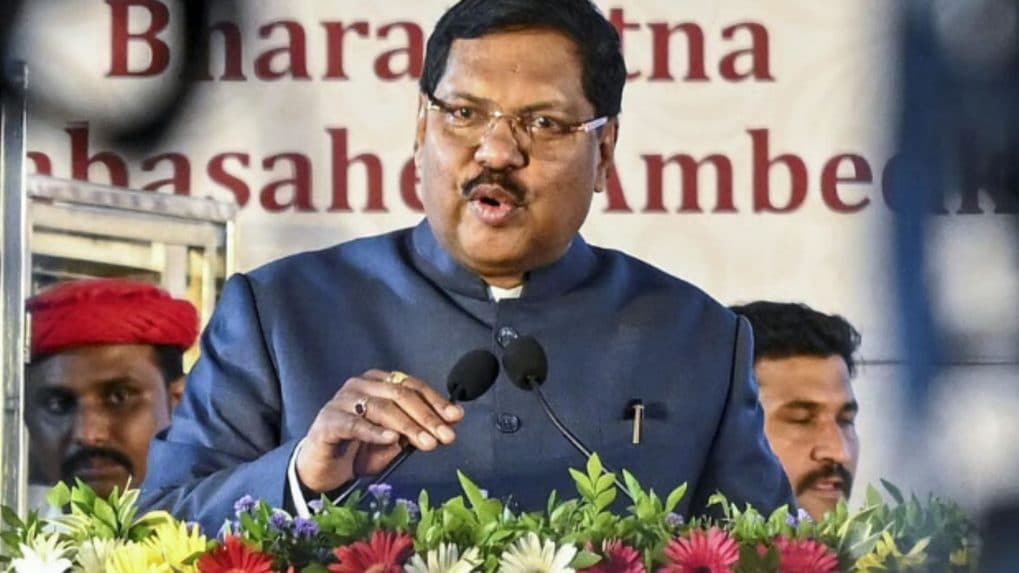“Two hours of rain can paralyse Delhi”: CJI Gavai flags urban infrastructure crisis
While the NHAI cited disruption caused by monsoon rains to ongoing service road construction, the bench highlighted that poor infrastructure cannot be overlooked.
ADVERTISEMENT
Chief Justice of India (CJI) B.R. Gavai’s sharp observation that “merely two hours of rain will paralyse Delhi” has reignited debate on the crumbling state of urban infrastructure in India’s most prominent cities.
The remark came during a Supreme Court hearing on toll collection at Paliyekkara in Kerala along the National Highway 544. A bench of CJI Gavai, Justice K. Vinod Chandran, and Justice N.V. Anjaria was hearing a National Highways Authority of India (NHAI) petition challenging the Kerala High Court’s decision to suspend toll collection for four weeks due to pothole-ridden stretches and traffic snarls.
While the NHAI cited disruption caused by monsoon rains to ongoing service road construction, the bench highlighted that poor infrastructure cannot be overlooked. Pointing to Delhi’s vulnerability, CJI Gavai quipped: “In Delhi, you know what happens… if it rains for two hours, the entire city gets paralysed.”
The comment resonates deeply at a time when both Delhi and Gurugram have been battling civic breakdowns triggered by incessant rainfall.
Once hailed as India’s Silicon Valley rival, Gurugram has been under siege from social media outrage, with images of submerged roads, traffic snarls stretching for miles, and prolonged power outages going viral. Ironically, some of the worst waterlogging has been reported from Golf Course Road, an upscale neighbourhood home to billionaires, startup founders, and luxury high-rises like DLF Camellias.
At a panel discussion hosted by The Indian Express in New Delhi, the city’s infrastructure crisis sparked fierce debate. Former NITI Aayog CEO Amitabh Kant underscored Gurugram’s economic importance, noting, “Gurugram today pays more taxes to the state of Haryana than all the other cities combined. If you can’t maintain Gurugram, it’s a huge failure of governance.”
Communications consultant Suhel Seth was even more scathing, branding Gurugram “an absolute shame on this country.” He lampooned the city’s lack of planning: “We have more liquor vents than functioning traffic lights. We have more bars than schools.” Seth argued that chronic administrative neglect was eroding the city’s livability and brand value, adding that Haryana’s leadership had “completely failed” its responsibilities.
Delhi’s Lieutenant Governor V.K. Saxena, present at the discussion, tried to lighten the mood, quipping that Seth “looked ready to take over his job.”
The criticisms underline a broader malaise: India’s high-growth, high-revenue urban centres—from Delhi to Gurugram—continue to collapse under basic stress tests like monsoon rains. For residents, what should be an annual inconvenience has become a civic nightmare.
CJI Gavai’s pointed remark captures the frustration of millions of citizens who see world-class tax contributions, but third-world infrastructure. The Supreme Court has reserved its order in the Paliyekkara toll case, but the message from the bench is clear: governance cannot hide behind the monsoon.

